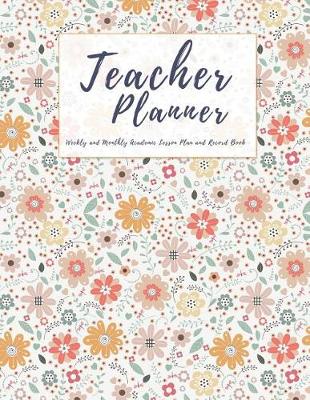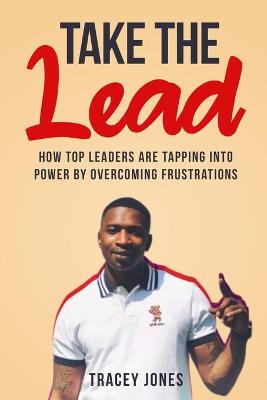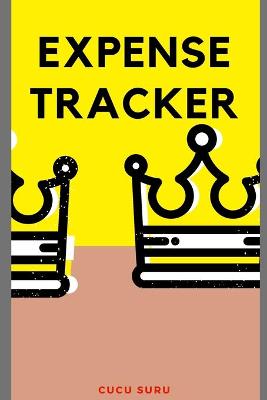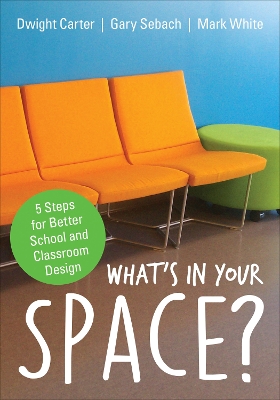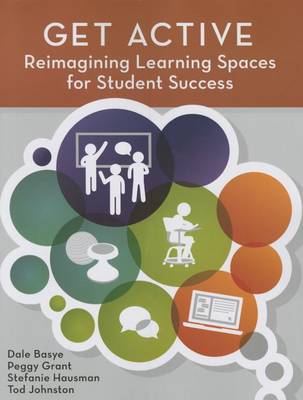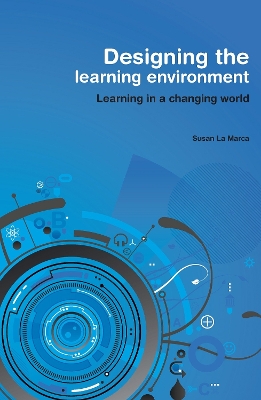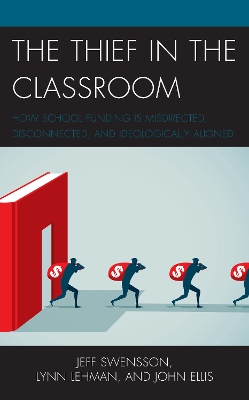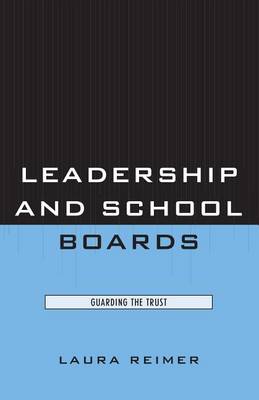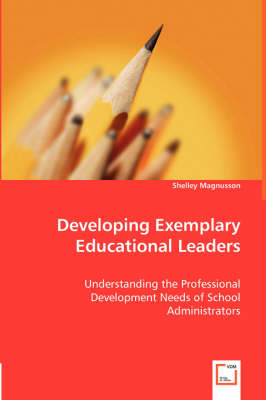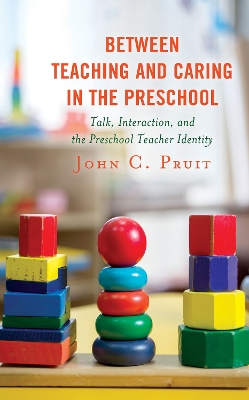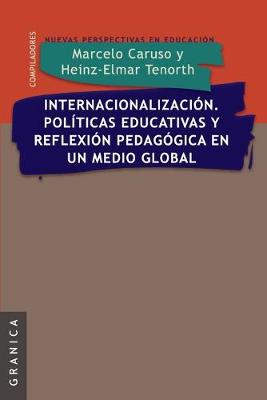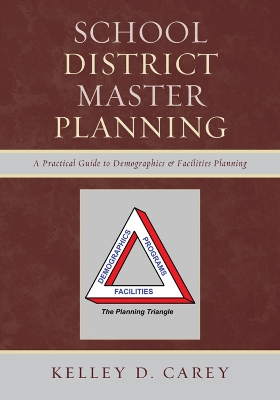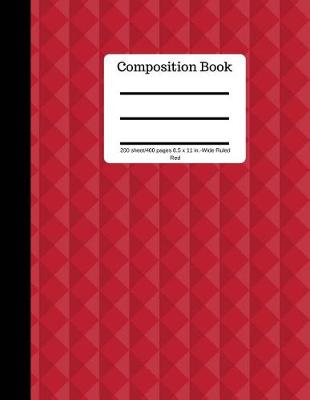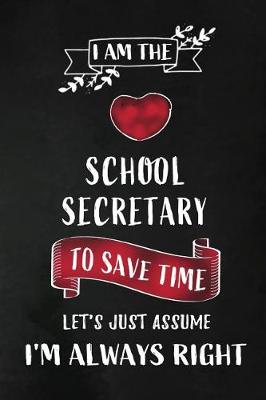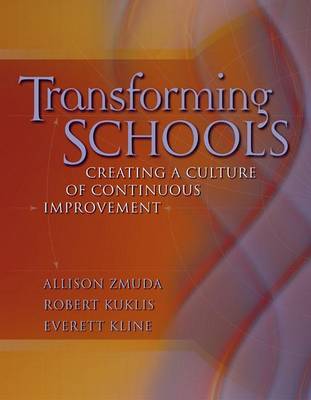What′s in Your Space?
by Dwight L Carter, Gary L Sebach, and Mark E White
How should learning spaces change to allow for learning styles, global skills, and technology? Discover design principles for both "thinking" and "learning" spaces in the 21st Century.
Active learning spaces offer students opportunities to engage, collaborate and learn in an environment that taps into their innate curiosity and creativity. With the rise in mobile learning, personalized learning, project-based learning, and active learning experiences, a more flexible and adaptable learning environment will help to better prepare students for the modern workplace. Get Active is a practical guide to inform your thinking about how best to design schools and classrooms to support...
Designing the Learning Environment (Learning in a Changing World)
by Susan La Marca
Designing the Learning Environment discusses how we develop effective learning spaces with an emphasis on understanding the needs of the major stakeholders of these spaces - students. Designing learning spaces and, in particular, designing school libraries as learning spaces, is presented as an approach to understanding learning needs. Specifically, planning must be learning driven, human-centred and flexible.
An undetected thief lurks in America's classrooms: funding for public education. Dynamic instruction, robust learning, and student futures are stolen when funding for public education is inadequate and inequitable. The devastating impact of this thievery is examined throughout this book. Student engagement with the potential and promise of traditional public education is stolen by funding formulas crafted by state legislatures. Theft in the classroom results when these funding schemes misdirect...
A Truly Amazing School Custodian Is Hard To Find, Difficult To Part With And Impossible To Forget
by Sentiments Studios and School Sentiments Studio
In Between Teaching and Caring in the Preschool, John C. Pruit argues that preschool teaching is more than a set of roles and duties tied to institutional expectations. Drawing on two years of ethnographic fieldwork, twenty-three interviews and countless conversations with preschool teachers, and analysis of preschool documents, Pruit opens the black box of the preschool to show the complexity of the preschool teacher identity as it unfolds in everyday practices of teaching and caring. His analy...
Internacionalizacion. Politicas Educativas y Reflexion Pedag. En Un Medio Global
by Marcelo R Caruso and Heinz-Elmar Tenorth
What is school district master planning? This book explains how this planning is done, using a proven process, not theories. The process helps you avoid cost overruns, public outrage, repeated redistricting, and classrooms built in wrong places that all represent poor planning. Planning tools, steps and process check lists are discussed in rich detail, using actual case studies and the planning triangle of programs, demographics and facilities. Process roles are explained for district staff, con...
Red Composition Book 200 Sheet/400 Pages 8.5 X 11 In.-Wide Ruled
by Goddess Book Press
Chaos Organizer - To Do List Lined Notebook
by Amazing Simple Planners
Many school buildings across America are falling apart due to age or lack of maintenance. Others are outmoded and do not meet the need of modern educational programs and curricula. Unfortunately, school administrators and boards of education have found it increasingly difficult to obtain the funding necessary to correct facility problems in their districts. However help is at hand in the revised edition of a title originally published in 1999. Holt updates the status of school facilities in the...
Transforming Schools: Creating a Culture of Continuous Improvement
by Allison Zmuda, Robert Kuklis, and Everett Kline
Leading with Administrator Clarity
by Marine Freibrun, Carin Fractor, and Sandy Brunet
